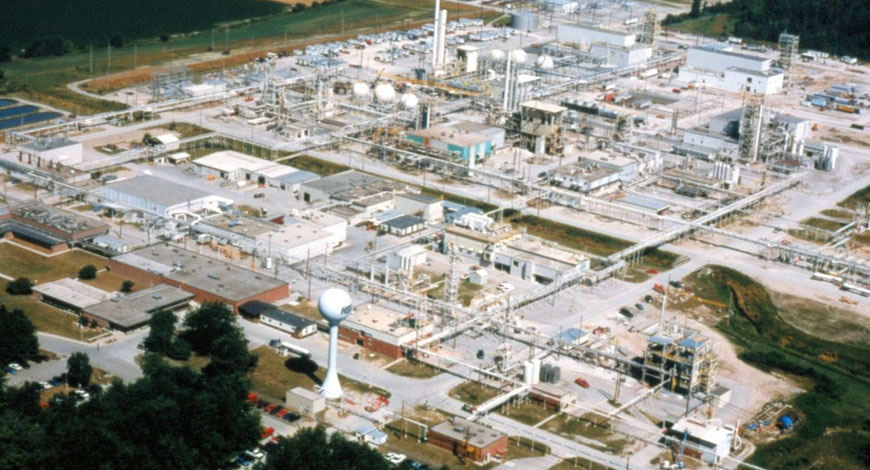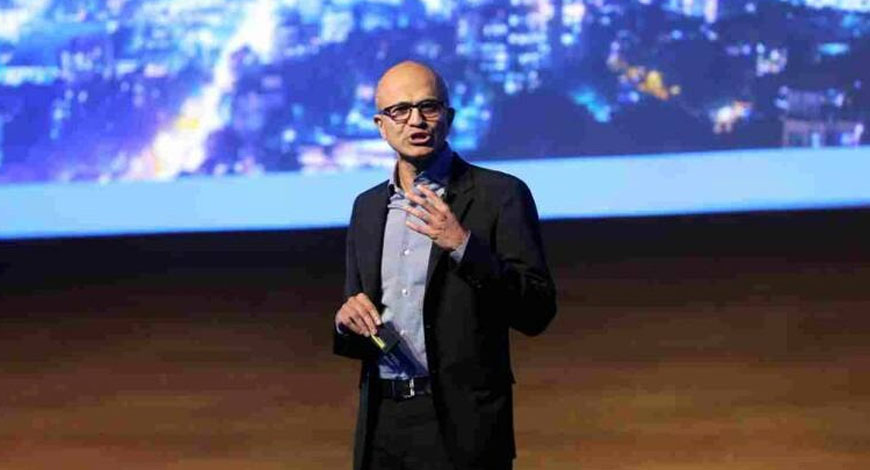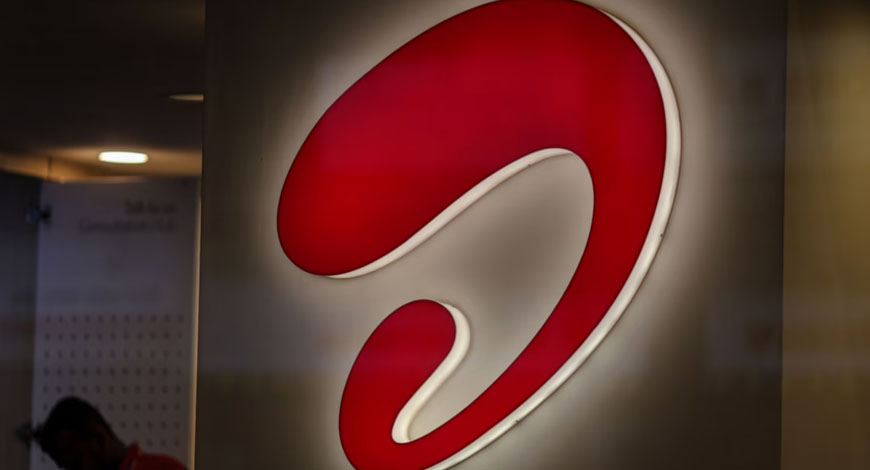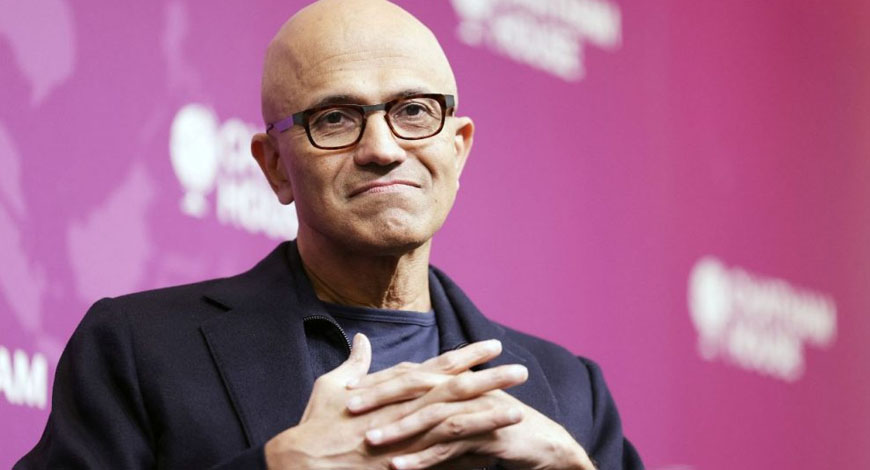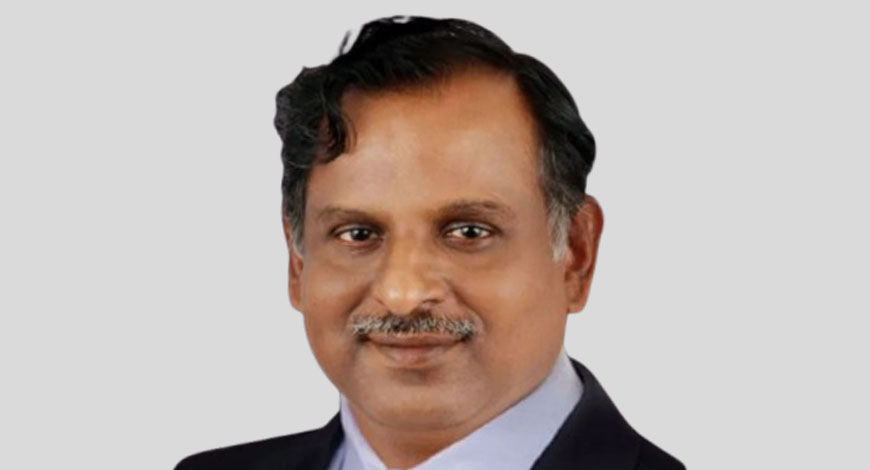The demands and complexity of campus networks are continuously rising. The increased volume and density of client devices, emerging applications requiring higher throughput and lower latency, and the extension of campus networking into new and unserved environments are accelerating WLAN innovation. This is resulting in the development of cutting-edge technologies such as Wi-Fi 7, Standard Power 6 GHz, and Artificial Intelligence (AI) for WLAN networking. At the same time, new business and service models are being introduced to assist organizations in overcoming their campus networking challenges, helping further expand the Total Addressable Market (TAM) for WLAN equipment. ABI Research, a global technology intelligence firm, forecasts that these trends will rapidly expand annual global shipments of campus WLAN access points (APs), up from 22.2 million in 2024 to 41.8 million in 2030.
“Multi Dwelling Units (MDUs) are projected to be the fastest growing vertical over the period, with shipments of WLAN APs increasing more than 220% between 2024 and 2030,” says Andrew Spivey, Industry Analyst at ABI Research. “This growth is underpinned by the rapid expansion of the MDU market itself, which is being accelerated by the rise of Real Estate Investment Trusts (REITs) that buy, sell, manage, and develop MDUs. Managed Wi-Fi services are increasingly being seen as an indispensable component of the core value proposition of MDUs, particularly for rentals, centralizing their entrenchment in the sector. Furthermore, an industry-wide refresh of MDU WLAN networks is expected to follow the introduction of Wi-Fi 7 briskly, as its new features, such as 6 GHz compatibility and Multi-Link Operation (MLO), are optimized for addressing the spectrum challenges that MDU networks currently face.”
Forecasts predict swift adoption of Wi-Fi 7 and 6 GHz across the Campus WLAN industry, and the same is expected for Wi-Fi 8 upon its introduction later in the decade. Yet traction for the WiGig standard (802.11ad/ay), another innovative WLAN technology that leverages the 60 GHz spectrum for long-range, high-gigabit Point-to-Point (PtP) and Point-to-Multi-Point (PtMP) Fixed Wireless, is unfortunately being held back from achieving its true potential. WiGig (FW), primarily deployed in campus environments as a fiber alternative or backup, for building-to-building connectivity, or for the connecting of remote locations, WiGighas many distinct benefits, including being quicker, more cost-efficient, and more versatile to install than alternative backhaul technologies like fiber.
Yet despite these advantages, adoption has been slow due to a small vendor ecosystem, the existence of more reliable alternatives, and a lack of market education. The future for the technology is now unclear, with hopes resting on the shoulders of a recently established Integrated Millimeter Wave (IMMW) Study Group, which aims to extend existing mainstream 802.11 standards into 60 GHz. However, with no official standardization from the IMMW Study Group expected to arrive before the tail-end of this decade, 60 GHz equipment shipments are expected to achieve only a 3% CAGR between 2024 and 2030.
“North America’s position as the largest market for Campus WLAN equipment is projected to remain unchanged through 2030, as the region benefits from favorable policies towards WLAN alongside a robust and mature Managed Service Provider landscape,” adds Spivey. “That said, the regions with the fastest growth rates are emerging economies in Asia and the Rest of the World, which are set to experience CAGRs between 2024 and 2030 of 25.9% and 25.1%, respectively.” ABI Research


